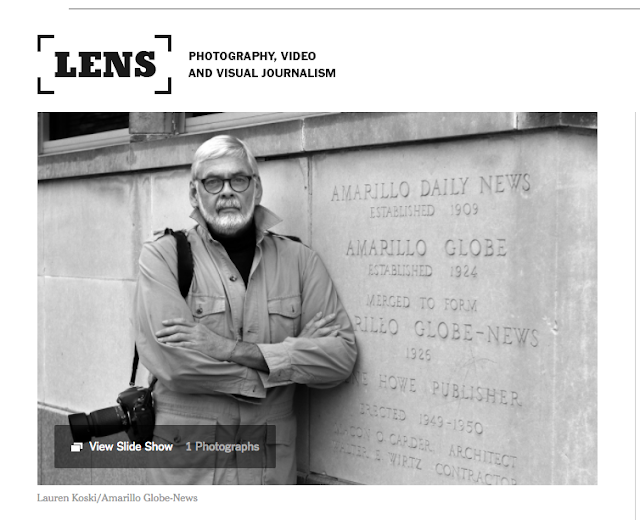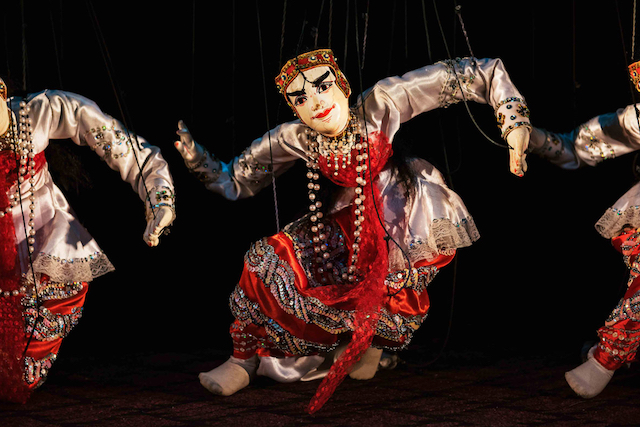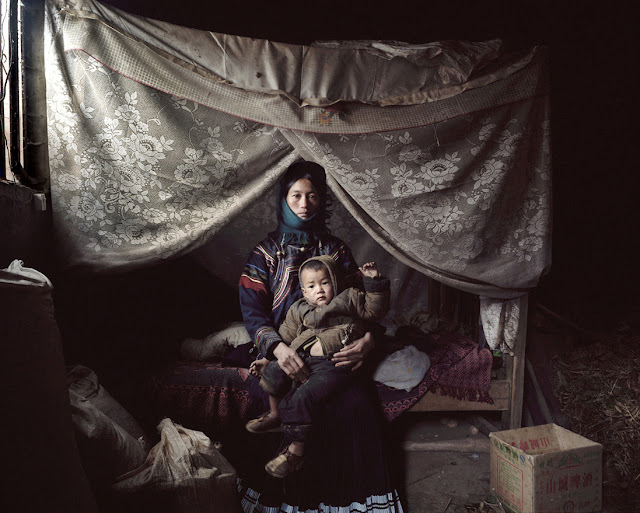POV : Photojournalism's Uncertain Future
The New York Times recently featured two articles concerning the future of photojournalism, through interviews with Donald R. Winslow (editor of the National Press Photographers Association�s News Photographer magazine and newspaper) and Leslye Davis, a young video journalist and photographer for The New York Times.
In essence, the viewpoint of a veteran and an another from an 'emerging' photojournalist.
Some of the statements made by both interviewees just jumped at me...total deja vu for me. Why deja vu? Well, because I said exactly what they said during my classes at the Foundry Photojournalism Workshops and more recently during my 2016 talk at the Travel Photographer Society in Kuala Lumpur.
The statements that mirror mine (or vice versa) are:
"If you�re going to earn a living now, you have to be a photographer who occasionally does photojournalism. You have to be able to do wedding photography, corporate photography or event photography." (Donald Winslow).
"There were a few hundred people, mostly white men, who could make a good living internationally by parachuting into other countries." (Interviewer James Estrin of the NYT)
"You should be published, and you should also be able to do that if you�re black and you live in sub-Saharan Africa. Or if you�re Indian, or if you�re Japanese� your unique perspective is valuable, and it�s to the benefit of us all that it be shared." (Leslye Davis)
I said these words...almost verbatim to the photographers -veterans or emerging or non-professionals- who attended my workshop classes (and my photo talk in KL), and I started to say them in 2011.
In January 2011, I was leading a workshop in Gujarat (India) and watching every night the Tahrir Square demonstrations that led to the Egyptian Revolution, and read and re-read the non-stop coverage in various on-line newspapers and magazines.
Many of the news outlets quickly dispatched their "top-notch" (most of them "white" men) photojournalists to Tahrir...but the so-called battled hardened conflict photographers had no real idea where to go, so they just 'parachuted' amongst the masses of the demonstrating Egyptians, and sent their photographs back to their employers. To me, most of their images seemed to have been taken by a camera affixed to a rotator...automatically clicking the shutter every seconds of the surrounding crowds.
And then I saw compelling images of Tahrir in Egyptian newspapers...made by young, and perhaps still inexperienced, local photojournalists with crappy cameras, and borrowed flash cards...who knew where to go in the crowds, in the back alleys of Tahrir...and get the real stories. They stayed...while the "parachutists" decamped in a couple of days when things got too risky for them. And slowly, these compelling images made their way to the world's media.
It was there and then that I realized that the age of "parachuting white" photojournalists" ended, and the era of talented non-Western photographers and photojournalists was on the upswing.
I had the pleasure of meeting many different ethnicities in my workshops and classes, and repeated my point of view that now was their time to shine....their time to break the monopoly (or oligopoly)...the grip that Western photojournalists had on the stories...on the "I bear witness" stories...and some of them did.
Is the grip completely loosened? Almost but not quite.
I remember recently seeing a powerful photo essay by a well-known Australian photographer and photojournalist (and a regular contributor to The New York Times) covering the war on drugs in the Philippines, where thousands were killed since Rodrigo Duterte became president. The photo essay deservedly won first prize at the 2017 World Press Photo Contest, however I also saw an equally compelling photo essay by Raffy Lerma, a Filipino photojournalist which didn't receive much attention.
However, this too will not last long.



Comments
Post a Comment